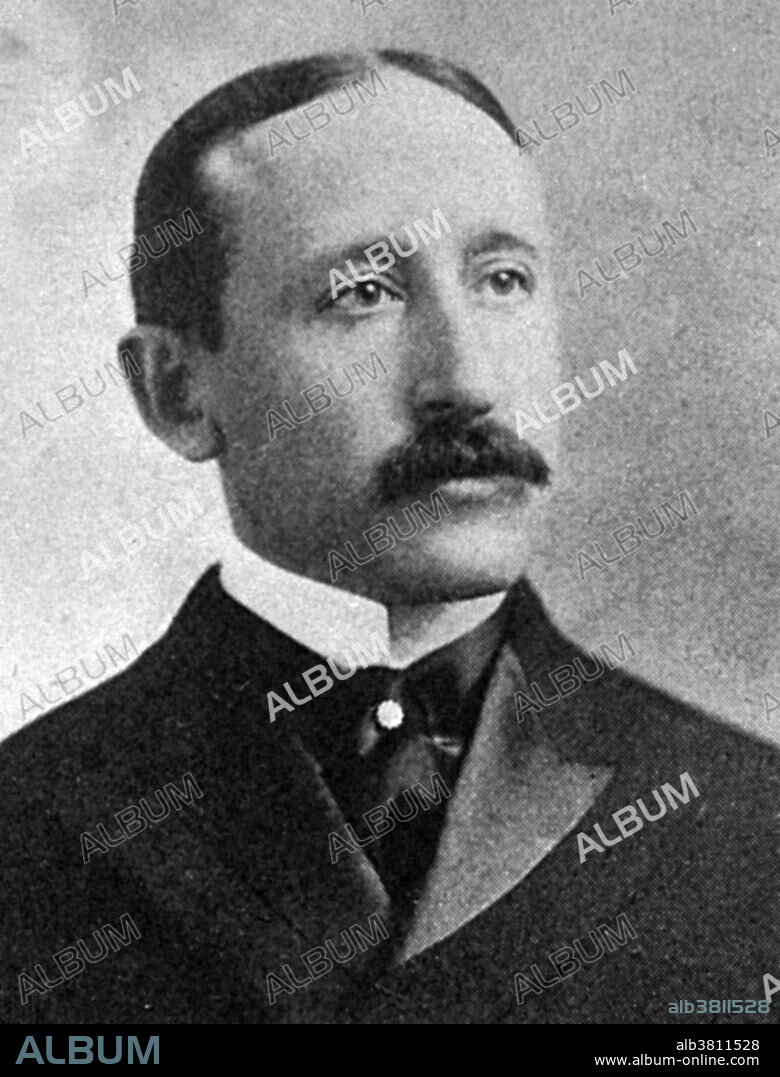alb3811528
James Stephen Ewing, American Pathologist

|
Añadir a otro lightbox |
|
Añadir a otro lightbox |



¿Ya tienes cuenta? Iniciar sesión
¿No tienes cuenta? Regístrate
Compra esta imagen.
Selecciona el uso:

Título:
James Stephen Ewing, American Pathologist
Descripción:
Ver traducción automática
James Stephen Ewing (1866-1943) was an American pathologist. He was the first Professor of pathology at Cornell University and became famous with the discovery of a form of malignant bone tumor. Ewing was active in many fronts, including hematology as well as oncology. A scientific breakthrough came in 1906, when Ewing and his collaborators proved for the first time that a cancer (lymphosarcoma in dogs) could be transmitted from one animal to another. In 1920 he published his first work on a new kind of malignant osteoma, which later received his name, Ewing's sarcoma. Ewing became known also as one of the first proponents of radiation therapy for cancer, having founded the National Radium Institute in 1913. He was responsible for the creation of present-day Memorial Sloan-Kettering Cancer Center in New York City, one of the most important multidisciplinary centers devoted to oncology in the world. He worked at the Memorial until his retirement, in 1939. He died from bladder cancer at the age of 76.
Crédito:
Album / NLM/Science Source
Autorizaciones:
Modelo: No - Propiedad: No
¿Preguntas relacionadas con los derechos?
¿Preguntas relacionadas con los derechos?
Tamaño imagen:
2727 x 3579 px | 27.9 MB
Tamaño impresión:
23.1 x 30.3 cm | 9.1 x 11.9 in (300 dpi)
Palabras clave:
1866 • 1906 • 1913 • 1920 • 1939 • 1943 • ARTE • BLANCO Y NEGRO • CIENCIA • DIBUJO • FAMOSA • FAMOSO • FIGURA • FOTO • FOTOGRAFIA • GENTE • GRABADO • HEMATOLOGÍA • HISTORIA • HISTORICO • HOMBRE • HOMBRES • ILUSTRACION • IMPORTANTE • MASCULINO • OBRA DE ARTE • ONCÓLOGO • PATOLOGIA • PERSONA • PERSONALIDAD • PERSONALIDADES • PORTRAIT • RETRATO DE HOMBRE • RETRATO • S. XX • SIGLO XX
 Pinterest
Pinterest Twitter
Twitter Facebook
Facebook Copiar enlace
Copiar enlace Email
Email
